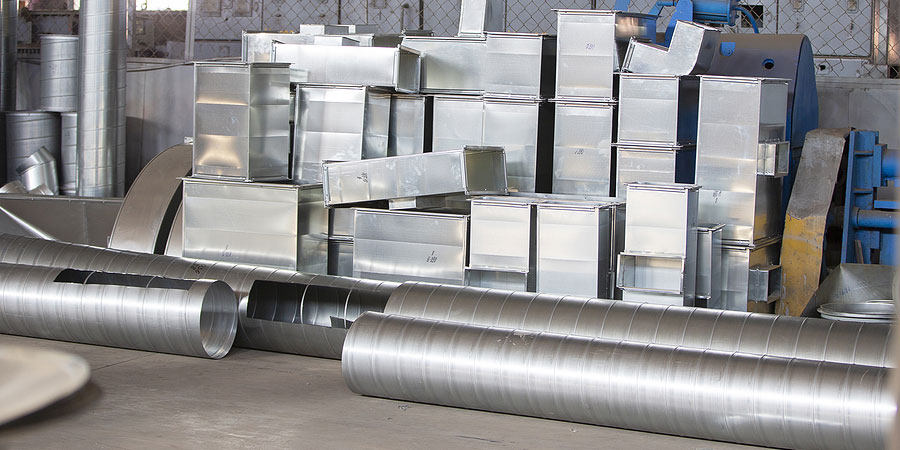

Rectangular and oval ductwork present different advantages. Most contractors select the ideal ductwork for commercial buildings based on various factors: engineered specifications, product cost, availability, and sometimes personal preference. However, these factors can be restrictive, as each ductwork system offers different potential benefits. The main benefits of oval duct systems, for example, are cost-effectiveness and time efficiency. Even so, contractors should not disregard rectangular ductwork systems entirely because they are suitable for specific applications. Rectangular ducts can be fabricated easily and collapsed for easy shipping and storage. Here are some of the benefits of oval duct systems in comparison to rectangular ducts.
1. Ease of Fabrication
While rectangular ducts can be fabricated easily, the systems are limited to five feet. Oval ducts, on the other hand, are longer, measuring up to 12 feet. This means contractors need to connect more rectangular ducts, which increases the probability of developing leaks.
2. Leaks Do Not Develop
Rectangular ducts are more likely to develop leaks due to their design and the numerous connections required during installation. According to research, rectangular ducts need extra space, up to three inches, during connections and reinforcements. This isn’t a requirement when installing oval spiral ductwork. Generally, rectangular ducts have two seams since the L-sections are assembled to create one duct piece. Also, the longitudinal seams need mastic inserted into the pockets from one end to another. Since some seams are omitted during installation, the duct system is likely to develop leaks at the joints. Even well-sealed rectangular duct systems are twice as likely to develop leaks than well-sealed oval systems.
3. Ease of Installation
Oval ductwork fittings have fewer joints and are lighter than rectangular ducts, making it easier to install them. Even traditional oval spiral ducts with slip joints install faster. If the HVAC system is large, the contractor may need to use gasket fittings or flanges. Rectangular ducts often come with pre-formed flanges; if not, they may need to be installed. Round and oval flanges can be fitted and screwed together in a shop, but rectangular flanges are more involving due to the numerous joints. Rectangular ducts need reinforcement bracing, increasing the installation time.
4. Deployment of Acoustic Treatments
Duct systems produce much noise due to their metal construction. Rectangular ductwork is not equipped to reduce noise as well as round ducts, adding to the benefits of oval duct systems. They have on-off systems and variable air-volume systems cycles that produce noise. Apart from metal construction, transmission loss is the main cause of noise in duct systems. If a system has a high transmission loss, less sound is transmitted through the ductwork walls. The vice versa is true as well. While there are different noise treatments, such as silencers, fans, or dual-wall insulated ductwork, it’s easier to install them on oval or round systems. This is because they have a large cross-sectional area. The rule of thumb states that the inner wall should not take up less than 23% of the open area; anything lower won’t minimize noise effectively. Also, contractors are keen to employ affordable solutions and those that won’t reduce the pressure. Dual-wall ductwork in round ducts, for example, has a perforated inner liner that minimizes pressure loss, significantly reducing the noise. All such solutions are easily employed in round or oval ducting.
5. Improved Insulation
Many contractors maintain that oval duct systems insulate better than rectangular ducts because they have a smaller cross-sectional area. This means only a part of the duct wall is exposed to moving air. However, the duct systems need to be insulated on the outside to maintain a high insulation level, which can be costly. Since rectangular systems can be insulated on the interior, HVAC systems using such ductwork remain warm when needed most. Choosing a ductwork system solely based on this factor can be misleading, as oval and spiral duct systems present numerous benefits.
If you are looking for ductwork that creates a warm indoor environment, rectangular ductwork should suffice. It also requires minimal maintenance and is more flexible for commercial buildings with width-to-height restrictions. However, commercial buildings with lots of installation height could enjoy the benefits of oval duct systems more. Oval duct systems are beneficial due to reduced installation cost, ease of fabrication, and the ability to minimize leaks.


